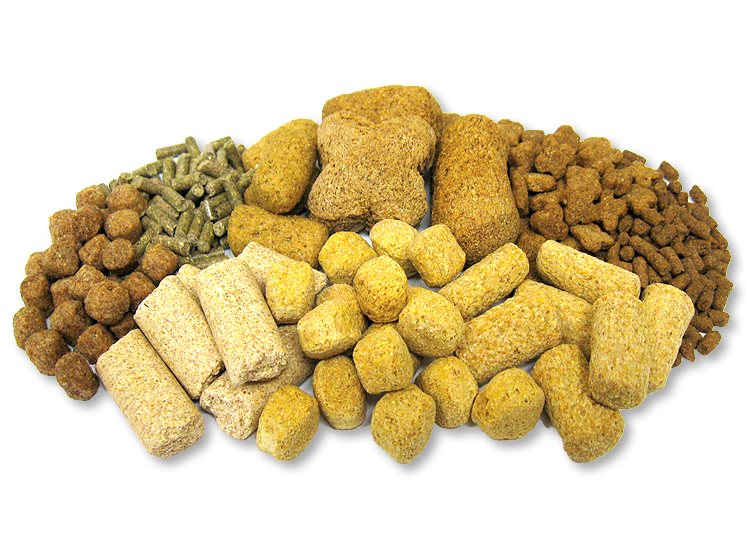7092-7097 Teklad Corncob Bedding

The raw stock for our corncob bedding products is 100% corncob. No other components or additives are used. The 1/4" (7097) and 1/8" (7092) products are produced from only the woody-ring portion of the corn cob, and the pelleted corncob is produced from the pith and chaff (beeswing) portions.
As the raw stock corncobs are introduced to the plant, they pass through a hammermill that produces corncob fractions. The corncob fractions are then heat-dried. The drying process utilizes a rotary dryer systemthat heats the corncob fractions to approximately 200 degrees fahrenheit for two to three minutes. An aspiration process separates the woody-ring portion of the corncob from the pith and chaff portions. Smaller fractions/particles are produced by rollermill and hammermill processes. The particles are then sized and separated through a sifting process which utilizes screens conforming to U.S. standards. The particles pass through a final aspiration process to remove any remaining dust and aspiration process to remove any remaining dust and are then placed in overhead storage until packaged. The pith and chaff portions are processed through a pellet mill to produce the pelleted corncob product. Plant operating procedures require a minimum testing frequency of twice per shift for measuring moisture content and particle size distribution.
Listed below is information on average particle size and absorption rates.
- 7092 — 1/8" corn cobs, 40 lbs.
- 7092A, Autoclavable — 1/8", corn cobs, 40 lbs.
- 7902.25 Irradiated — 1/8" corn cobs, 25 lb. cap sacks
- 7902,CS Irradiated — 1/8" corn cobs, four by seven lbs./case
- 7097 — 1/4" corn cobs, 40 lbs.
- 7097A Autoclavable — 1/4 " corn cobs, 40 lbs.
- 7907.25 Irradiated — 1/4" corn cobs, 25 lb. cap sacks
- 7907.CS Irradiated — 1/4" corn cobs, four by seven lbs./case

Ask a nutritionist
Live chat Live chat
Teklad diet selector
Selector app Selector app
SCIENTIFIC INSIGHTS
Keep up-to-date with the latest industry thinking and scientific insights
Explore today Explore today
More than 90 years of working together, to build a healthier and safer world
Explore our history Explore our history


